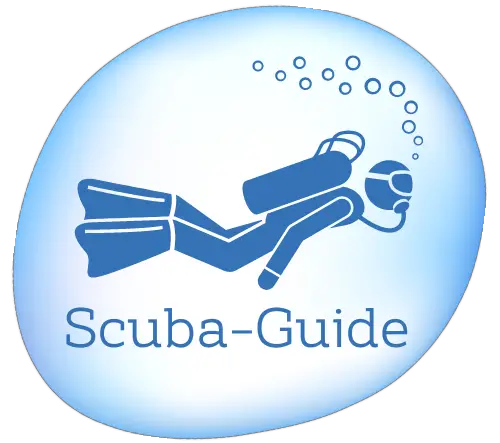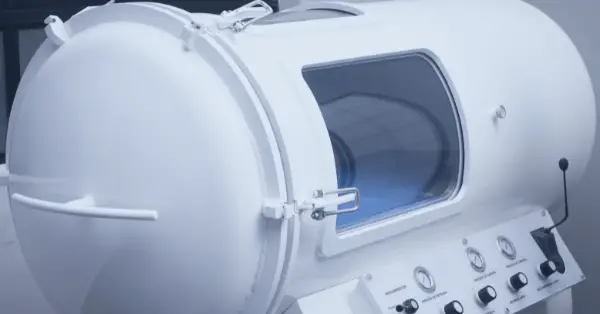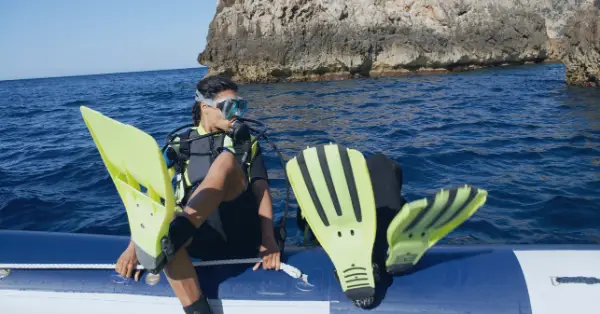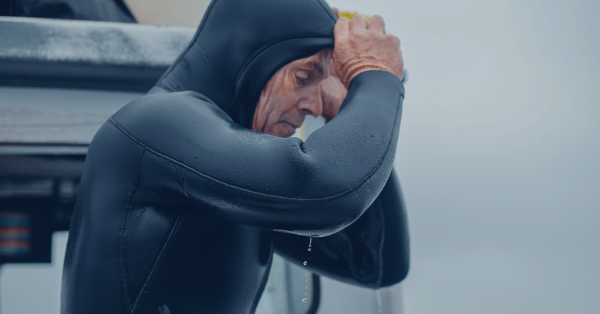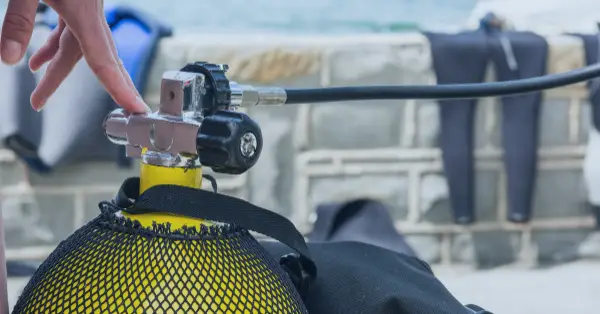Cave Diving: A Thrilling and Challenging Adventure
Cave diving is a highly specialized activity. It’s estimated that only 1% of recreational scuba divers possess the necessary experience and knowledge required to safely explore cave diving.
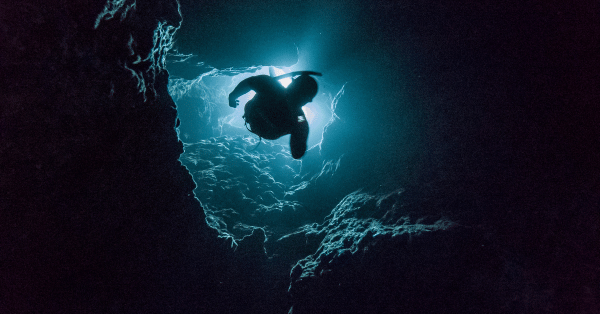
What is Cave Diving?
Cave diving is a type of advanced underwater exploration that takes place in a completely submerged cave system. It is the most challenging and dangerous form of technical diving, requiring special training, experience, and equipment due to its extreme environment. Unlike cavern diving, which involves exploring partially submerged areas near the cave entrance where there is natural light from the surface, cave diving involves complex navigating in complete darkness. Cave divers must have excellent buoyancy control and navigation skills, as well as a full understanding of all the risks involved. Cave diving requires an even higher level of trust and teamwork between divers than other types of technical diving due to the extreme environment. Cave diving should only be attempted by experienced technical divers with the proper training and equipment.
Cavern vs Cave Diving: What Is the Difference?
Cave diving and cavern diving are two different types of diving experiences that take place in different types of underwater environments.
Cave diving involves exploring and diving in submerged underground cave systems, which are typically completely dark and narrow with limited visibility. It also means that you don’t have direct access to the surface. Rock formations may be over your head. The environment can be quite challenging due to the confined spaces, the need for special equipment, and the risks involved.
On the other hand, cavern diving is a type of diving that takes place in a partially submerged area of a cave, often near the entrance, where there is natural light from the surface. Additionally, cavern dives refer to dives that take place in shallow waters, usually no deeper than 39 feet (12 meters). The environment is less challenging than cave diving since the diver is closer to the entrance and can easily see the light from the surface.
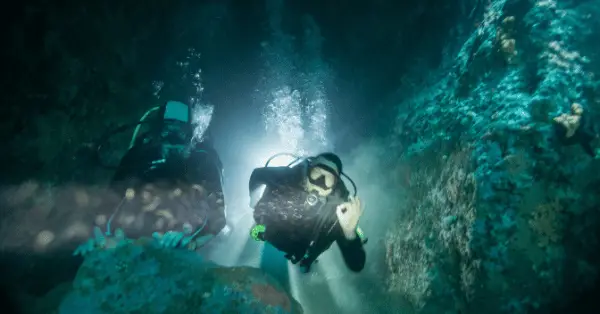
The Risks of Cave Diving
Cave diving is considered one of the most dangerous forms of diving, with a high risk of accidents and fatalities. The risks include:
- Limited visibility
- Narrow passages
- Unpredictable currents
- Low light levels
- Equipment failure
- Getting lost
- Getting stuck
- Running out of air and drown
The Importance of Proper Training
Before attempting a cave dive, it is essential to have the proper training and certification. The most widely recognized certifications for cave diving are the National Association of Underwater Instructors (NAUI) Cave Diver certification, which requires extensive training and experience.
In the training course, you will learn the theoretical part of cave diving, as well as guided dives with an accreted cave diving instructor.
PADI also has a Cavern Diver Training Program. However, this program teaches save cavern diving, not cave diving. The PADI course is one of the specialties they offer.
The 5 rules of cave diving
There are five basic rules that apply to cave diving that must be followed at every dive.
- Always use a continuous guideline to the surface.
- Save two-thirds of the total air supply for returning to the surface.
- Carry at least three lights during the dive.
- Limit dive depth to that appropriate for the gas being breathed
- Be well-trained in cave diving and mentally prepared for the dive.
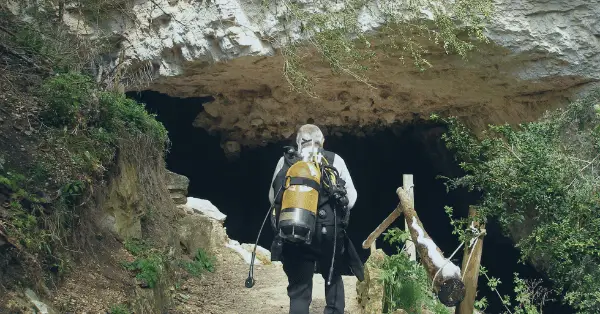
Practice before getting Cave Diving trained
Cave diving is a very advanced specialty scuba experience. Attempting cave divers need to be excellent divers before enrolling in the training program. How can you prepare to become a cave diver before enrolling in the program?
Night Dives
Gaining experience with night dives is highly beneficial (and often mandatory for some agencies). You’ll build self-assurance in navigating dark waters, as well as be trained in using helpful cave-diving tools such as flashlights.
Wreck Dives
During the wreck penetration course, you’ll discover exclusive techniques to evade causing sedimentation and learn how to plan dives in overhead surroundings. You may even have the opportunity to practice putting down and utilizing penetration lines.
Deep & Nitrox Diving
With cave dives, you may need to explore some serious depths and swim through deep waters. Thus, it is best to practice diving deeply in advance so that you can acquire superior planning skills coupled with an improved understanding of gas management. Diving deeper also allows for greater familiarity with the effects of nitrogen narcosis – something far too dangerous to learn about during a cave dive.
Nitrox diving is an outstanding way to extend your dive duration while exploring caves, thus increasing safety and allowing you a greater margin of error.
Practice planning your dives, and dive your plan
Often, as recreational divers, we follow the plan of a scuba guide or master that shows us a dive site. Practice planning a dive yourself and stick to the plan.
Practice makes the superstar
Log more dives. The more experience you get, the more advanced of a diver you become. Work on every dive to improve something. This could be your finning technique, air consumption, buoyancy, or navigational skills. Also, dive in as many different environments as possible – from low visibility, over extreme currents, to cold temperatures requiring a drysuit.
Essential Equipment for Safe Cave Diving
When cave diving, it is essential to have the necessary equipment to handle any situation that may arise. Some essential equipment for cave diving includes:
- A primary and two-backup dive lights
- A dive computer or backup timing device
- A reel and line for navigation
- A redundant air source, such as a pony bottle or spare air
- A cutting tool, such as a dive knife
- Proper exposure suit
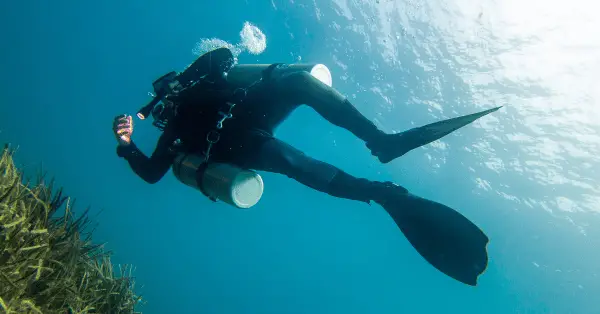
Sidemount Dives
To guarantee they have enough air to resurface, cave divers must dive with great caution. This means most ordinarily carry two or more cylinders for each excursion below the water’s surface. Similarly, as with other specialized diving activities, cave divers follow a “rule of thirds” technique – devoting one-third of their gas reserve for outward travel and another third back to the beginning point. The last third is kept aside in case any unforeseen issues demand additional resources underwater.
For cave diving, sidemount is usually preferred to back-mounted doubles because it allows divers greater agility and flexibility while navigating tight spaces. Additionally, its sleeker design reduces the risk of harming delicate overhead environments. Moreover, with some skill and practice, sidemount divers can even “gun” their cylinders–unclipping them and pushing them ahead–to make way through especially narrow tunnels!
Techniques for Cave Diving
When cave diving, it is important to use proper techniques to ensure your safety and agility in tight surroundings. It also ensures to keep the visibility as good as possible by not stirring up silt.
Moving and finning/kicking techniques for cave divers
- Frog kicks
- Flutter kicks
- Back kicks to move backwards when turning is not possible
- Helicopter turns to turn around on the spot
- Pull and glide (using your fingertips to carefully explore for grip and pull yourself along with your hands)
Body position (trim) for cave diving
When exploring underwater caves, diver position is key: instead of upright swimming as practiced in regular diving, cave divers must swim face down with knees bent and fins above the body. Not only does this help prevent stirring up silt – if there’s a sturdy ceiling like limestone handy, but you can also even push off it to propel yourself forward.
Planning Your Cave Dive
Proper planning is essential for safe and enjoyable cave diving. Before your dive, it is important to consider all the following:
When choosing a dive site, make sure to select one that matches your abilities and experience. Always double-check the forecasted weather and sea conditions beforehand as well. Make it a point to notify someone of your plan for diving, including what time you expect to be back on land, as well as decompression stops. It is also wise to devise an emergency contingency in case anything unexpected happens during the dive.
Conclusion
Cave diving is a thrilling and challenging adventure that requires proper training, equipment, and planning. By following the tips and techniques outlined in this article, you can enjoy safe and enjoyable cave diving. Remember, the underwater world is waiting for you, but safety should always come first.
